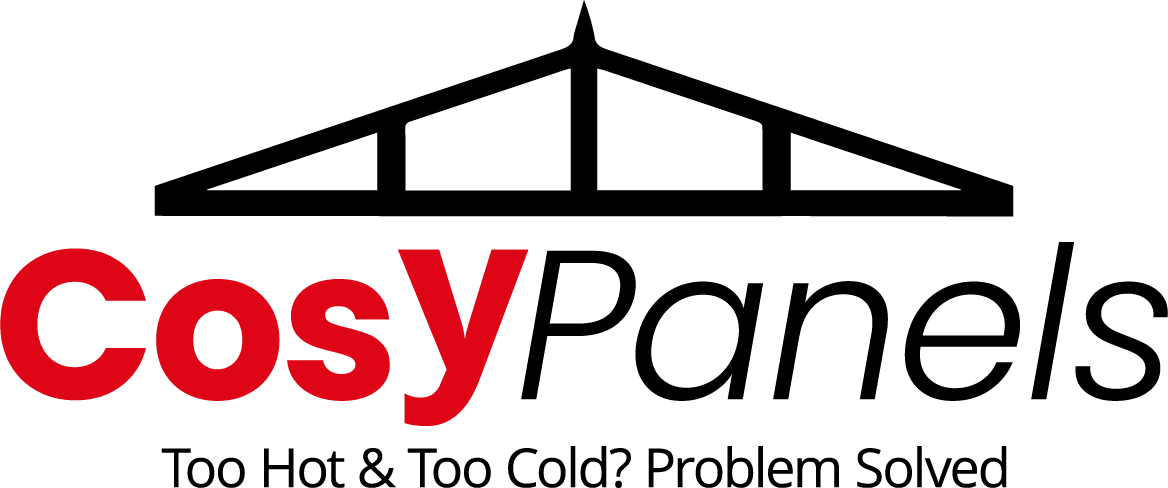Now that sustainable living and technological advancement are at the forefront of design, the humble conservatory is undergoing a remarkable transformation. Once considered simple extensions to our homes, conservatories are quickly becoming sophisticated living spaces that seamlessly blend innovation, eco-friendliness, and comfort. Let’s explore the exciting innovations shaping the conservatories of the future, from frameless conservatories and smart glass to modular self-sustaining pods, and how they’re revolutionising the way we think about these cherished spaces.
Smart Conservatory Glass
Imagine a conservatory that adapts to the changing weather conditions with the touch of a button. Smart conservatory glass, equipped with advanced technology, does just that. This revolutionary glass can automatically adjust its tint to regulate sunlight and temperature, ensuring optimal comfort year-round.
By reducing glare and heat gain in the summer months and maximising natural light during winter, smart glass not only enhances the aesthetics of your conservatory but also improves energy efficiency. While conservatory roof insulation will still remain an important area of home improvement, we see the methods diversify in the future.
Beyond automatic tinting, smart conservatory glass incorporates a variety of other technical innovations. Utilising a technology known as electrochromic layering, the glass panels can shift from clear to opaque and anywhere in between in a matter of minutes.
This is achieved by passing a small electrical current through the layers, allowing homeowners to control the amount of privacy and natural light entering the space with ease.
Some smart conservatory solutions are designed with UV filtering capabilities, protecting indoor furniture from sun damage without compromising on light.
The glass’s energy efficiency is further bolstered by its ability to retain heat during cooler months, thanks to low-emissivity coatings that reflect heat back into the room, reducing heating costs and enhancing the environmental sustainability of the conservatory.
Frameless Conservatories Using Thermally Broken Structural Glass
As far as house design is concerned, the traditional Edwardian-style conservatories (making up the majority of conservatories installed in the UK) are no longer relevant in the wider context of architectural trends.
The boxy glass structures with heavy flat roofs – the style that now dominates the sector of new builds – would look extremely weird with a white pitched-roof conservatory stuck to their sides. However it’s not the end of era for glass extensions. Far from it.
We’re simply looking in a different stylistic direction. The emerging technology of thermally broken structural glass allows us to achieve this efficiently.
Ok, technically, there is no such thing as a frameless conservatory. We’re still looking at a minimal metal framing to hold the conservatory together, however with the advance of structural glass, the metal frame can be so thin that it is virtually invisible.
The thermal break acts as a thermal loss barrier in within the frame and adds structural strength and rigidity to the whole conservatory. This is a new emerging technology that is probably going to be less relevant in older properties, however it’s exciting enough as a future trend to make this shortlist.
In terms of design, frameless conservatories are incredibly versatile. They can be tailored to fit any architectural style, from classic to contemporary. In this example, courtesy of Firman Glass we can see the ultra-modern structure attached to an old barn conversion

You can choose from various types of glass, including tinted, frosted, or even self-cleaning options, to match your specific needs and preferences. Additionally, advancements in glass technology mean that these structures are highly energy-efficient, with excellent insulation properties that keep your space warm in winter and cool in summer.
Frameless conservatories can be outfitted with a range of modern amenities. Underfloor heating, automated shading systems, and integrated lighting can all be incorporated to enhance comfort and convenience. The minimalist design also means less maintenance; without the traditional frames, there are fewer nooks and crannies for dirt and debris to accumulate.
Modular Self-Sustaining Conservatory Pods
Gone are the days of traditional conservatory construction. Enter modular self-sustaining conservatory pods – futuristic structures that can be easily assembled and customized to suit your lifestyle. These prefabricated pods incorporate innovative materials and sustainable design principles, allowing homeowners to create eco-friendly conservatories with minimal environmental impact.
The modular building approach, exemplified by conservatory pods, represents a significant step forward in architectural design. By embracing modularity, architects and builders can create adaptable, scalable, and sustainable structures that meet diverse needs. This flexibility is not only practical but also aligns with modern trends in personalization and efficient use of resources.
One thing that imues modular conservatory design with a true versatility is ability to use composite modular panels, as detailed in this patent.
As we look to the next decade, modular design could revolutionize the way we think about and interact with living and working spaces. The ability to easily assemble, disassemble, and reconfigure components means that buildings can evolve along with their occupants. This adaptability is crucial in an era where environmental concerns and urban density are at the forefront of design considerations.
With features like rainwater harvesting systems, solar panels, and energy-efficient insulation, these pods not only reduce carbon footprint but also lower utility bills, making them a smart investment for the future.
Rainwater Harvesting
The unsightly bulky black things are on the way out. It’s quite understandable that the current design of rainwater butts are putting homeowners off. They look especially out of place next to the white structures of conservatories. The trend we see in the last year or two is the advance of sleek and white water butts.
The narrow boxy profile with pleasant white surface fits conservatories so much better. More recently, we’ve seen improved rainwater harvesting setups that incorporate overhead planters. You can now grow flowers on top of your water butt making it even less prominent.
Hopefully this is going to encourage more and more people into adding rainwater harvesting to their conservatory. Few homeowners pay enough attention to their conservatory guttering, which often leads to water ingress at the connection between the conservatory and the main building.
Water scarcity is also a growing concern in many parts of the world, making efficient water management essential. In the conservatories of the future, rainwater harvesting systems will play a crucial role in sustainable living. By collecting rainwater from the roof and storing it for later use in irrigation and household tasks, homeowners can reduce their reliance on local water sources and conserve this precious resource.
Integrating rainwater harvesting into conservatory design not only promotes eco-friendliness but also provides a practical solution to water conservation.
Biophilic Design Principles
Incorporating biophilic design principles into conservatory architecture can have a profound impact on our well-being. Inspired by nature, biophilic design seeks to create spaces that foster a connection with the natural world, promoting harmony and tranquillity.
From living green walls to natural materials like wood and stone, the conservatories of the future will be designed to mimic outdoor environments, bringing the beauty of nature indoors. By embracing biophilic design, homeowners can create peaceful retreats that enhance mental health and overall quality of life.
Solar Panels
Harnessing the power of the sun has never been easier, thanks to advancements in solar panel technology. In the conservatories of the future, solar panels will be seamlessly integrated into the architecture, providing clean and renewable energy to power household appliances and lighting.
By generating electricity on-site, solar panels not only reduce carbon emissions but also offer long-term savings on energy costs. Whether installed on the roof or incorporated into the glass panels themselves, solar panels are a sustainable solution for powering the conservatories of tomorrow.
Conservatory Integrated in your Smart Home
You can no longer surprise people with smart home technology ideas. We all know about smart thermostats, sensors, lighting solutions and all of it together integrated with your voice assistant. This technology has been hitting the mainstream for the last couple of years, yet we are still far from seamless integration of all living spaces.
Very few homeowners will have smart tech built into their advanced conservatories, which we find surprising because conservatory is a space that’s most susceptible to drastic changes in temperature and lighting conditions. The trend we’re observing is that conservatories of the future will benefit from a fully integrated smart home package helping homeowners make the most of this important living space.
Looking to the future of home design, conservatories are poised to become innovative living spaces that prioritise sustainability, comfort, and technology. From smart glass that adapts to environmental conditions to modular pods that promote eco-friendly living, the possibilities are endless.
By embracing these innovations and incorporating them into their homes, homeowners can create conservatories that not only enhance their quality of life but also contribute to a greener, more sustainable future for generations to come.


